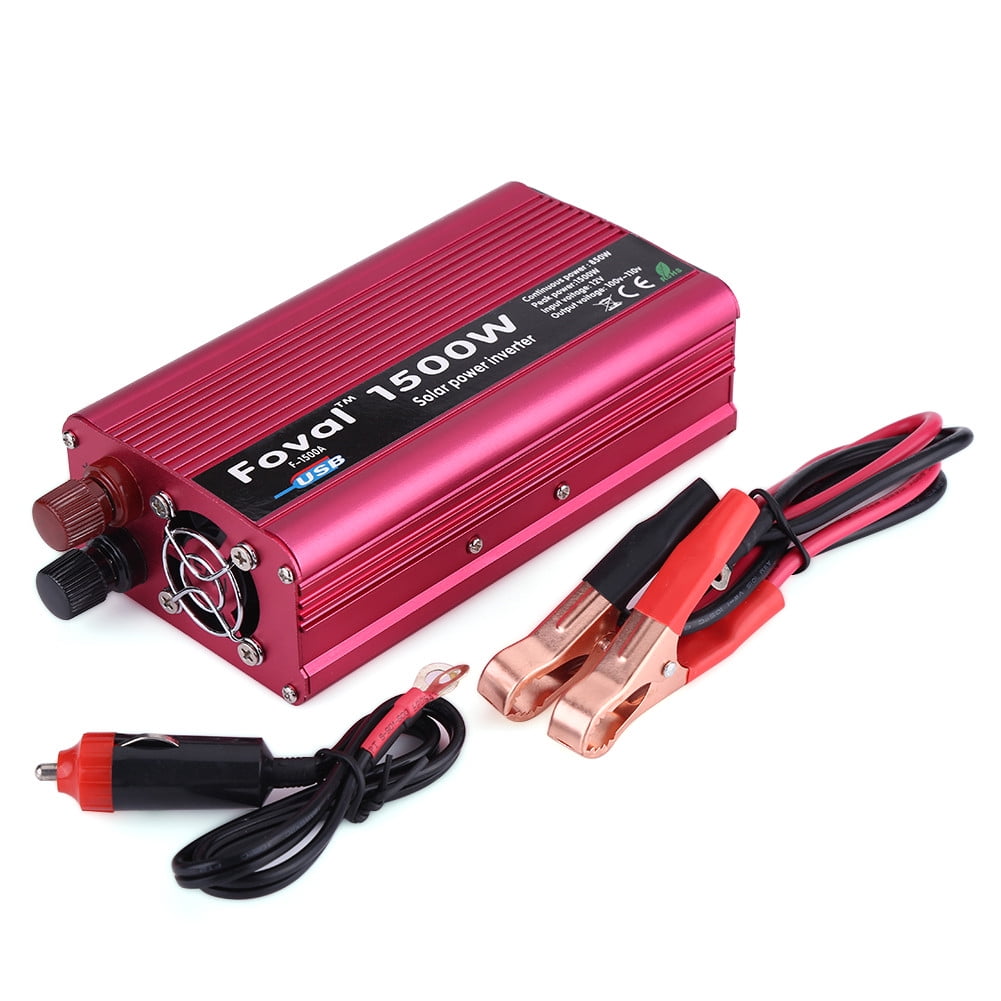
AC-AC devices are used massively in alternative power systems, like solar or wind power.

Active components can be used in this type of conversion. As seen in the block diagram of Figure 1, an AC-AC converter is usually made through two or three stages: AC-DC, DC-DC (in special cases), and DC-AC.įigure 1: Usually an AC-AC converter is realized through the AC-DC, DC-DC, and DC-AC stagesĪC-AC conversion, in some cases, can be achieved with passive components such as resistors and capacitors in the configuration of a current or voltage divider or current and voltage transformers.

Finally, an inverter converts the DC voltage to an AC voltage at a different frequency or voltage. This DC voltage is then filtered to remove any high-frequency components. The diode bridge switches the input AC voltage into a direct current (DC) voltage. In general, it consists of a diode bridge, a filter, and a control circuit. There are several techniques for AC-AC conversion, but most of them rely on the use of a static converter, which is a device that converts one AC voltage to another AC voltage at a different frequency. For these reasons, converting one AC voltage to another with different characteristics is often necessary. In other special contexts, some devices operate at different voltages and frequencies, for example at 28 V AC and 400 Hz for military and aviation applications.

The AC supply voltage is usually 240 V AC or 120 V AC in different countries, and the frequency may be 50 Hz or 60 Hz. This process is used in many applications, including powering electric motors, speed regulation, and voltage modulation. AC-AC conversion, also known as frequency conversion, voltage conversion, or phase conversion, converts one alternating voltage (AC) to another at a different frequency or voltage.


 0 kommentar(er)
0 kommentar(er)
